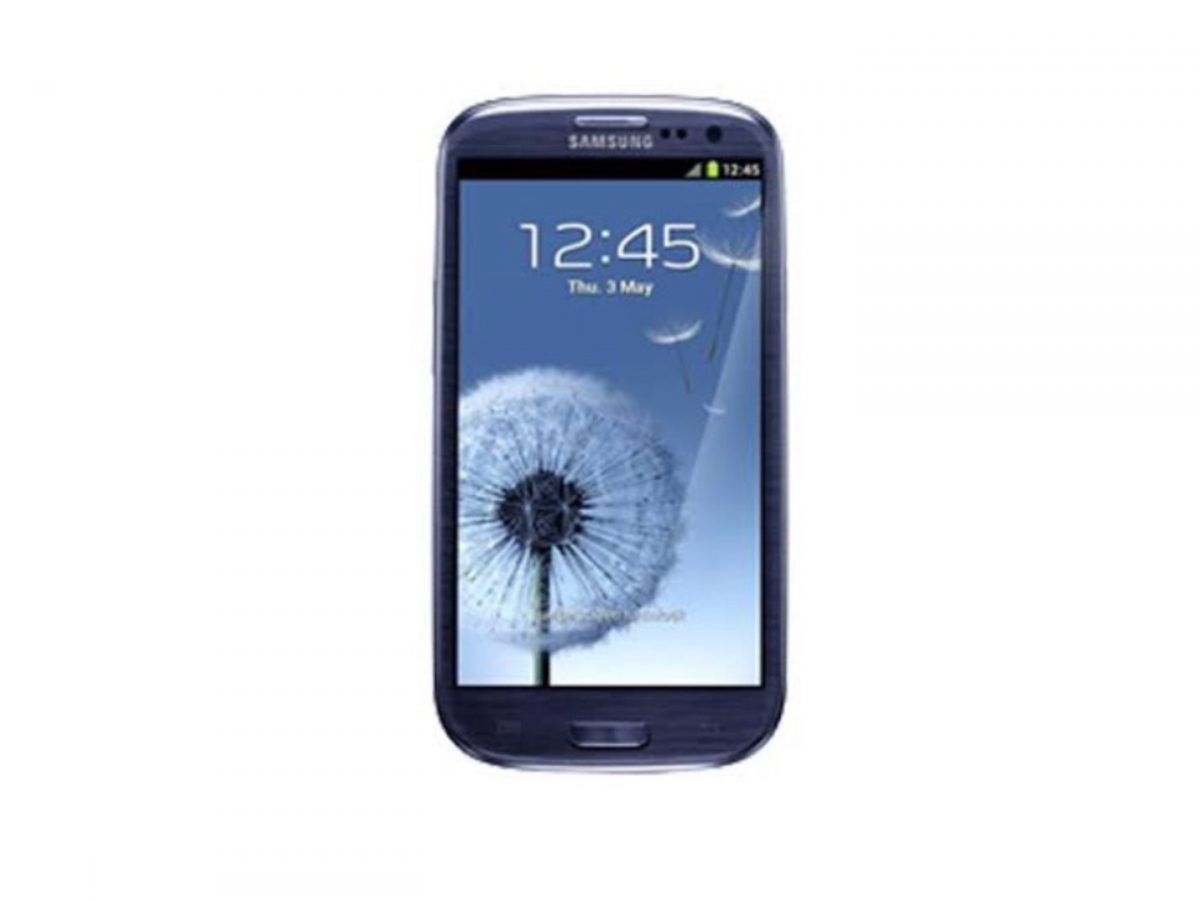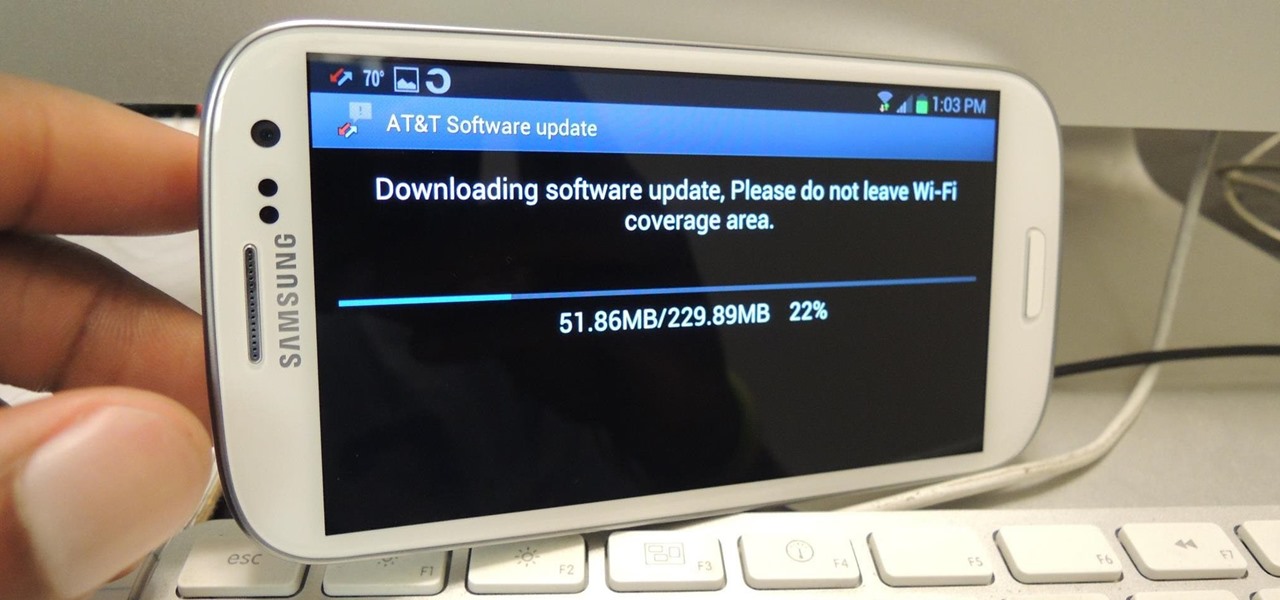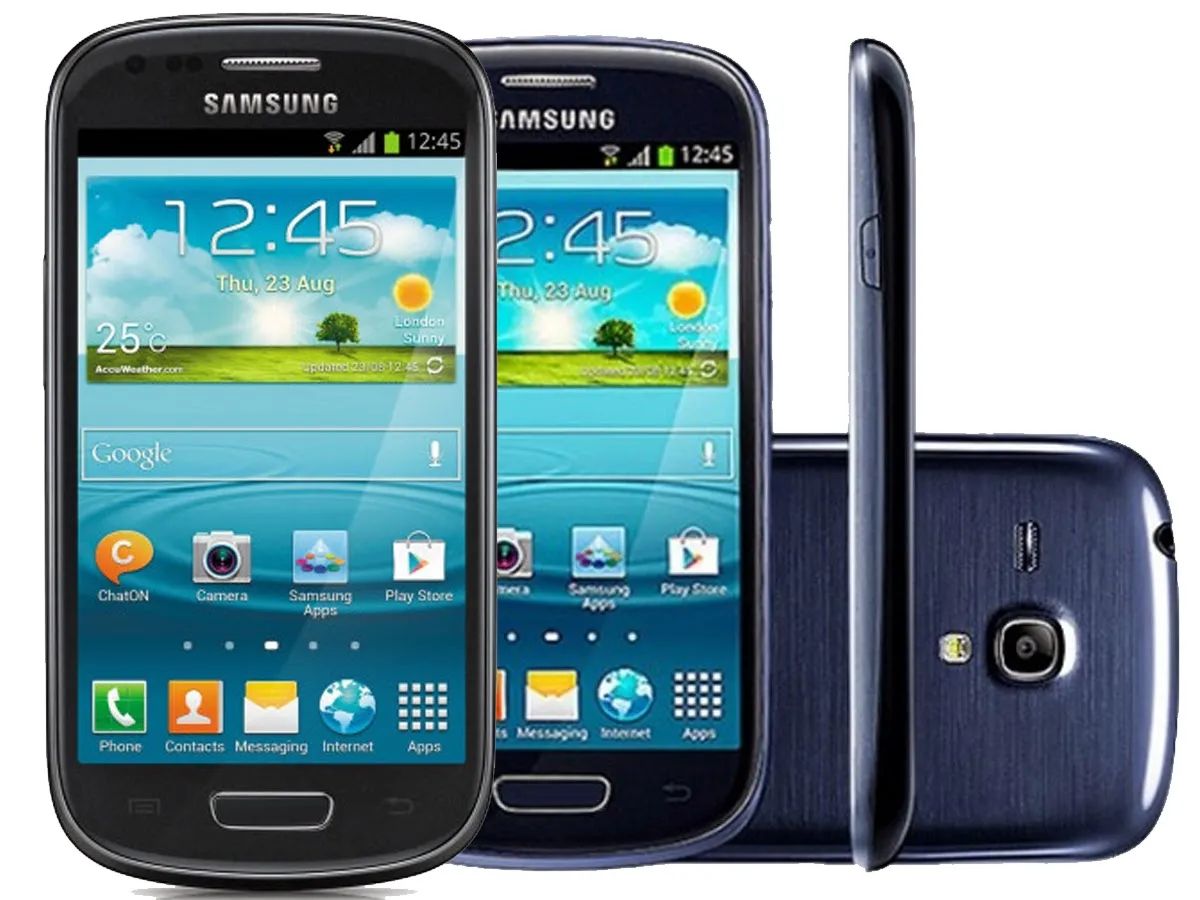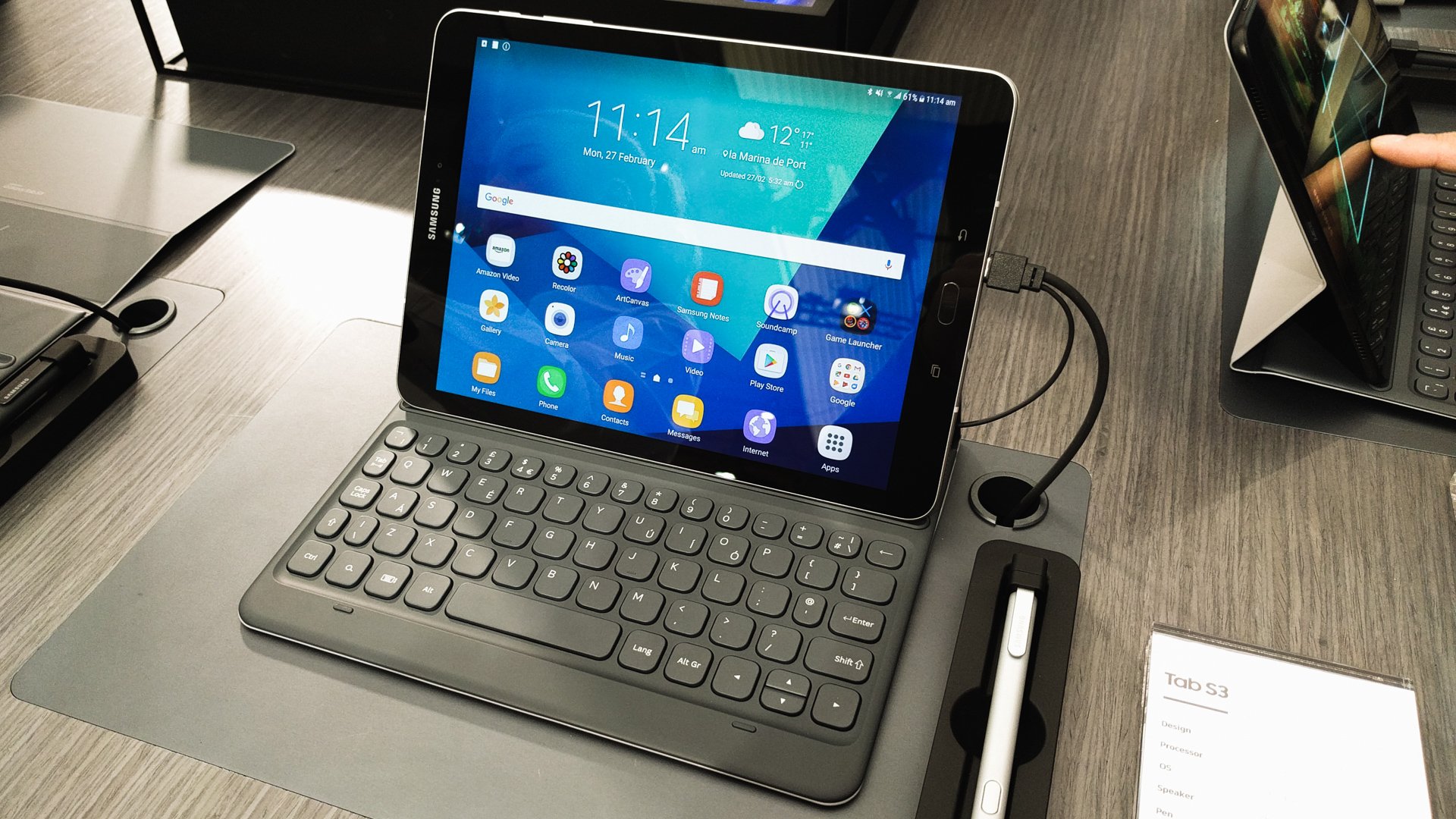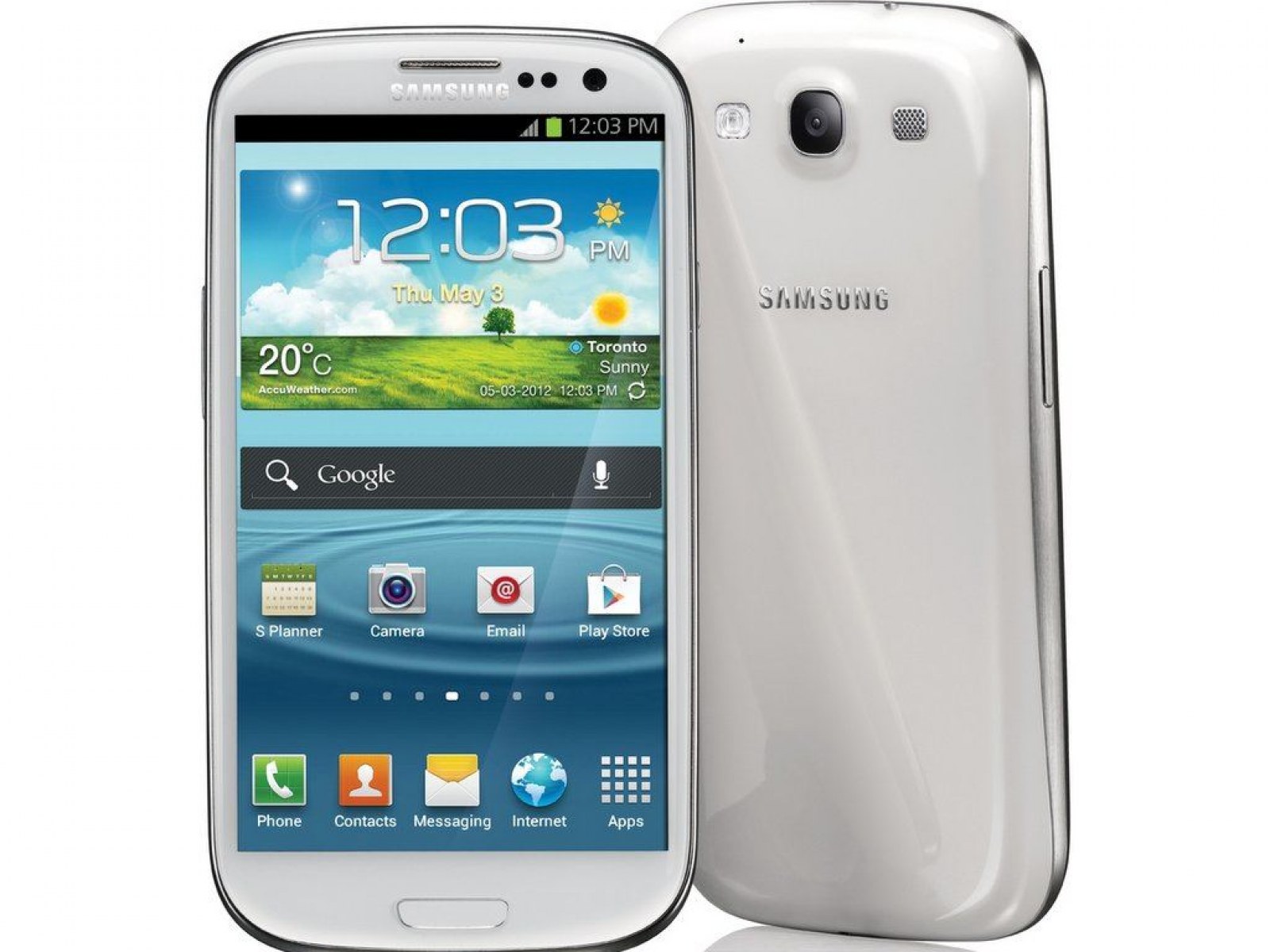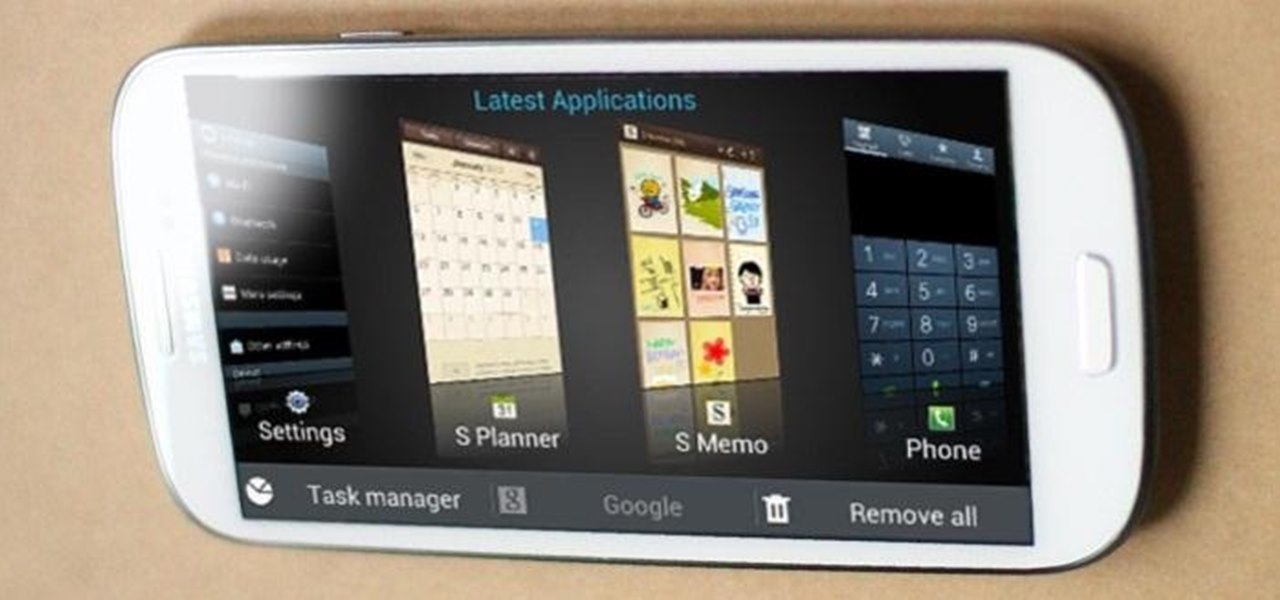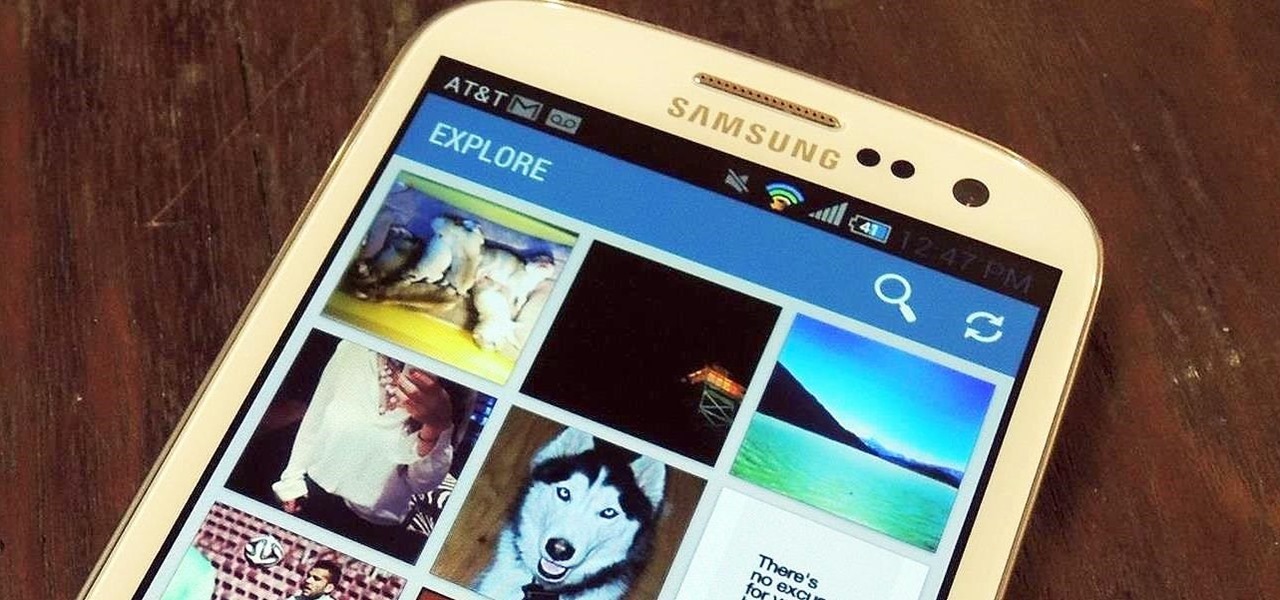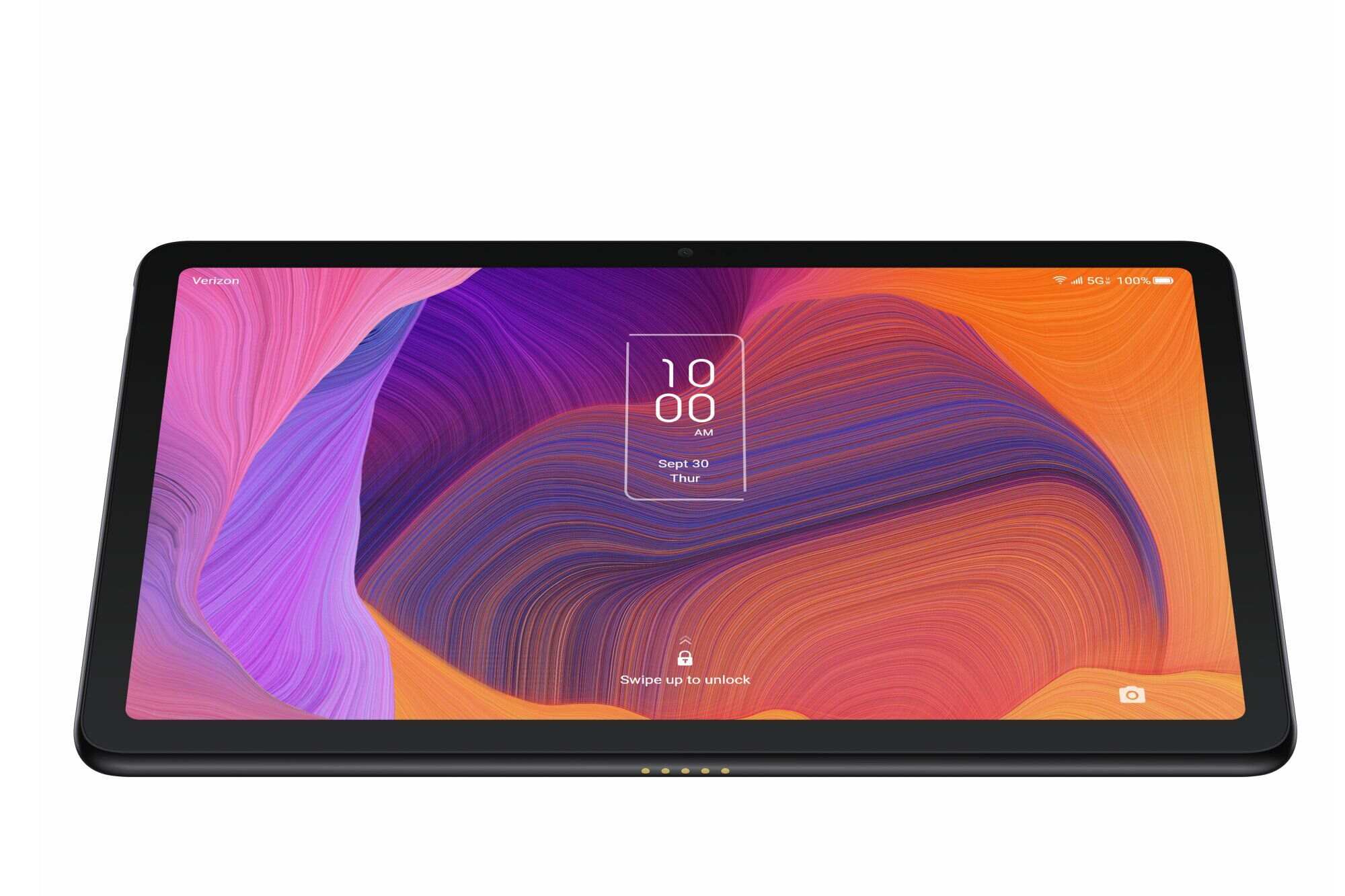Introduction
Welcome to our guide on how to fix the black screen issue on your Samsung Galaxy S3. If you’re experiencing this frustrating problem, you’re not alone. Many Samsung Galaxy S3 users have encountered a black screen at some point, where the device’s display remains blank even though the phone appears to be powered on. This can be caused by a variety of factors, from software glitches to hardware malfunctions.
In this article, we will explore the different reasons behind the black screen issue and provide you with various troubleshooting solutions to help you resolve the problem. Please note that these solutions are general troubleshooting steps and may not work for everyone. It’s always a good idea to back up your data before attempting any troubleshooting steps.
We understand that having a black screen on your beloved Galaxy S3 can be frustrating and worrisome, but don’t worry, there’s a good chance you can fix it yourself without having to spend a fortune on repairs. So, let’s dive in and explore the potential solutions to get your Samsung Galaxy S3’s screen back up and running.
Reasons for a Black Screen on Samsung Galaxy S3
The black screen issue on the Samsung Galaxy S3 can be caused by a variety of factors. Understanding these reasons can help you identify the underlying problem and find a suitable solution. Here are some common reasons for a black screen on the Samsung Galaxy S3:
- Software Glitches: One of the most common causes of a black screen is a software glitch or bug. These glitches can occur when the operating system or a specific app crashes, causing the screen to go black. This can often be resolved by performing a simple restart or using specific troubleshooting steps.
- Hardware Malfunction: Another possible cause is a hardware malfunction, such as a faulty display or a loose connection. This can be a bit more challenging to resolve on your own and may require professional assistance or replacement of the faulty component.
- Battery Issues: In some cases, a depleted or faulty battery can cause the screen to go black. If the battery is not providing enough power to the device, it may result in a blank screen. Try charging the device or replacing the battery to see if it resolves the issue.
- Display Settings: Incorrect display settings can also lead to a black screen. For example, if the brightness is set to the lowest level or the display timeout is too short, the screen may appear blank. Adjusting these settings in the device’s settings menu can help resolve the problem.
- Firmware Issues: Outdated or corrupted firmware can disrupt the normal functioning of the device and cause a black screen. Updating the firmware to the latest version or reinstalling it can potentially resolve the issue.
These are just a few possible reasons for a black screen on the Samsung Galaxy S3. It’s essential to identify the specific cause to find the most appropriate solution. In the next section, we will explore various troubleshooting steps that can help you resolve the black screen problem on your Samsung Galaxy S3.
Troubleshooting Solutions for Samsung Galaxy S3 Black Screen
If you’re faced with a black screen on your Samsung Galaxy S3, here are several troubleshooting solutions that can help you resolve the issue:
- Force restart your device: Sometimes, a simple restart can fix minor software glitches. Press and hold the power button until the device shuts down, then wait a few seconds and power it back on. This may bring the display back to life.
- Remove the battery and reinsert it: If a force restart doesn’t work, try removing the battery from your Galaxy S3. Wait for around 30 seconds and then reinsert it. Power on your device and check if the screen turns on.
- Charge your device: In case your Galaxy S3’s battery is depleted, plug it into a charger and observe if the screen lights up. Allow it to charge for a while before attempting to power it on.
- Check the display settings: Verify that the brightness level is not set to the lowest point and adjust it if needed. Also, confirm that the display timeout setting is not too short, as it might cause the screen to go black when inactive for a brief period.
- Perform a soft reset: A soft reset can help resolve software-related issues. Press and hold the power button and the volume down button simultaneously for about 10 seconds or until you see the Samsung logo appear.
- Boot your device in Safe Mode: Booting your Galaxy S3 in Safe Mode can help determine if a third-party app is causing the black screen problem. To enter Safe Mode, press and hold the power button until the Samsung logo appears, then release the power button and immediately press and hold the volume down button until the device finishes booting up.
- Update or reinstall the firmware: If the black screen issue persists, updating or reinstalling the firmware may help. Check for available software updates in the settings menu or consider downloading the official firmware from Samsung’s website and following the installation instructions.
- Contact Samsung support or visit a service center: If none of the above solutions work, it’s recommended to get in touch with Samsung support or visit an authorized service center. They can provide further guidance and assistance in diagnosing and fixing the issue.
Remember, these solutions may vary in effectiveness depending on the cause of the black screen problem. It’s crucial to try different troubleshooting steps and be patient in order to find the solution that works for your specific situation. With some persistence and experimentation, you may be able to resolve the black screen issue on your Samsung Galaxy S3.
Solution 1: Force Restart Your Device
One of the simplest and most commonly effective troubleshooting steps for a black screen issue on the Samsung Galaxy S3 is to force restart the device. A force restart can help resolve minor software glitches that may be causing the screen to go black.
To force restart your Samsung Galaxy S3, follow these steps:
- Press and hold the Power button located on the right side of the device.
- Continue to hold the Power button until the device shuts down completely.
- Wait for a few seconds, then press and hold the Power button again to power on your device.
After performing a force restart, give your Galaxy S3 some time to boot up. If the black screen issue was caused by a temporary software glitch, the device’s display should turn on and function normally again.
If the black screen problem persists after a force restart, don’t worry. There are several other troubleshooting solutions to try. Proceed to the next section to explore another potential solution for resolving the black screen issue on your Samsung Galaxy S3.
Solution 2: Remove the Battery and Reinsert It
If a force restart doesn’t resolve the black screen issue on your Samsung Galaxy S3, the next troubleshooting step you can try is removing the battery and reinserting it. This process can help fix any hardware-related issues or loose connections that may be causing the screen to go black.
Here’s how to remove and reinsert the battery on your Samsung Galaxy S3:
- Make sure the device is turned off. If it’s not responding, press and hold the Power button until it shuts down completely.
- Locate the back cover of your Galaxy S3 and remove it. You may need to use your fingernail or a small tool to gently pry it open.
- Take out the battery carefully by lifting it from the bottom or using a small tool to pop it out.
- Wait for about 30 seconds before reinserting the battery back into its slot.
- Ensure the battery is properly aligned and press it firmly into place.
- Replace the back cover of your device by aligning it with the edges and pressing it down until it snaps into place.
- Press and hold the Power button to turn on your Samsung Galaxy S3.
After performing this battery removal and reinsertion process, give your device some time to boot up. If the black screen issue was caused by a loose connection or a minor hardware malfunction, the display should turn on and function properly again.
If the black screen problem persists after removing and reinserting the battery, don’t worry. There are still more troubleshooting steps to try. Continue reading to explore another potential solution for resolving the black screen issue on your Samsung Galaxy S3.
Solution 3: Charge Your Device
If your Samsung Galaxy S3’s battery is depleted, it can result in a black screen. In such cases, charging your device might be the solution you need. By providing enough power to the device, you can bring the screen back to life.
Follow these steps to charge your Samsung Galaxy S3:
- Connect your device to a power source using the original charger or a compatible charging cable.
- Make sure the power source is working and providing a stable electrical connection.
- Allow your device to charge for at least 15-20 minutes or until you see a battery indicator on the screen.
- If the battery indicator appears, wait for a few more minutes to ensure that the battery is sufficiently charged.
- Once you’ve charged your device, press the Power button to turn it on and check if the screen functions properly.
If your Samsung Galaxy S3’s screen remains black even after charging, it’s possible that the issue lies elsewhere. Don’t worry – there are more troubleshooting options available to you. We’ll explore these in the following sections.
Remember to use the original charger or a reputable and compatible charging cable to avoid any potential power-related issues. If charging your device does not resolve the black screen problem, continue reading to explore additional solutions.
Solution 4: Check the Display Settings
Another potential reason for a black screen on your Samsung Galaxy S3 is incorrect display settings. Sometimes, the brightness level may be set to the lowest point or the display timeout may be too short, causing the screen to appear blank. By checking and adjusting these settings, you may be able to resolve the black screen issue.
Follow these steps to check and modify the display settings on your Samsung Galaxy S3:
- Unlock your device and go to the home screen.
- Swipe down from the top of the screen to access the Notification Panel.
- Tap on the gear icon in the top-right corner to open the Settings menu.
- Scroll down and select “Display” or “Display & Brightness”, depending on your device’s software version.
- Ensure that the brightness level is not set to the lowest point. Adjust the slider to increase the brightness if necessary.
- Also, check the display timeout setting to make sure it’s not too short. If the display timeout is set to a very low value, increase it to a longer duration.
- Exit the Settings menu and observe if the screen turns on and functions properly.
By adjusting the display settings, you may be able to rectify the black screen issue on your Samsung Galaxy S3. If this solution doesn’t work, don’t worry – there are more troubleshooting options available. Move on to the next section to explore another potential solution.
Solution 5: Perform a Soft Reset
If your Samsung Galaxy S3’s screen is still unresponsive and black, performing a soft reset can help resolve any software-related issues that may be causing the problem. A soft reset is a simple process that refreshes the device’s system without deleting your data or settings.
Follow these steps to perform a soft reset on your Samsung Galaxy S3:
- Ensure that your device is powered on and the screen is black.
- Press and hold the Power button located on the right side of the device.
- Simultaneously, press and hold the Volume Down button located on the left side of the device.
- Continue to hold both buttons for about 10 seconds or until you see the Samsung logo appear on the screen.
- Release the Power and Volume Down buttons once the Samsung logo appears.
After performing a soft reset, your Samsung Galaxy S3 will reboot. This process may take a few moments. Once the device finishes restarting, check if the screen has come back to life and is functioning properly.
If the black screen issue persists after a soft reset, don’t worry. There are still more troubleshooting steps to try. Continue reading to explore another potential solution for resolving the black screen issue on your Samsung Galaxy S3.
Solution 6: Boot Your Device in Safe Mode
If you’re still encountering a black screen on your Samsung Galaxy S3, it’s worth trying to boot your device in Safe Mode to determine if a third-party app is causing the issue. In Safe Mode, only the pre-installed apps will be active, temporarily disabling any downloaded or third-party applications that may be interfering with the normal functioning of your device.
Follow these steps to boot your Samsung Galaxy S3 in Safe Mode:
- Ensure that your device is powered on and the screen is black.
- Press and hold the Power button located on the right side of the device.
- When the Power off menu appears, release the Power button.
- Press and hold the “Power off” or “Restart” option on the screen.
- A pop-up window will appear asking if you want to reboot your device in Safe Mode. Tap “OK” or “Restart in Safe Mode” to continue.
- Your Samsung Galaxy S3 will now reboot in Safe Mode. You’ll notice the “Safe Mode” label displayed in the lower-left corner of the screen.
- Observe if the screen works properly while in Safe Mode. If the black screen issue is resolved, it indicates that a third-party app is causing the problem. You can then proceed to uninstall recently downloaded apps or perform further troubleshooting on those apps.
- To exit Safe Mode, simply restart your device as you would normally. It will boot back into the regular mode.
If the black screen issue persists even in Safe Mode, don’t worry. There are still more troubleshooting steps to try. Move on to the next section to explore another potential solution for resolving the black screen issue on your Samsung Galaxy S3.
Solution 7: Update or Reinstall the Firmware
If you’re still facing a black screen on your Samsung Galaxy S3, it’s possible that outdated or corrupted firmware is causing the issue. In such cases, updating or reinstalling the firmware can help resolve the problem.
Follow these steps to update or reinstall the firmware on your Samsung Galaxy S3:
- Connect your Galaxy S3 to a stable Wi-Fi network and ensure that the battery level is at least 50%.
- Go to the Settings menu on your device by swiping down from the top of the screen and tapping on the gear icon.
- Scroll down and select “System” or “Software Update”.
- Tap on “Software Update” or “Download Updates Manually”. If an update is available, follow the prompts to download and install it.
- If no updates are available or the problem persists after updating, you can consider reinstalling the firmware. Visit the official Samsung website and locate the firmware download section for your specific model of the Galaxy S3.
- Download the appropriate firmware file and follow the instructions provided on the website to reinstall it on your device. Make sure to carefully read and understand the instructions before proceeding.
- Once the firmware installation is complete, restart your device and check if the black screen issue has been resolved.
Performing a firmware update or reinstallation can help fix any software-related issues that may be causing the black screen problem on your Samsung Galaxy S3. However, it’s crucial to follow the firmware installation instructions carefully to avoid any potential complications or data loss.
If the black screen issue continues to persist even after updating or reinstalling the firmware, there are still more troubleshooting steps to try. Move on to the next section to explore another potential solution for resolving the issue.
Solution 8: Contact Samsung Support or Visit a Service Center
If you’ve tried all the previous troubleshooting solutions and your Samsung Galaxy S3’s black screen issue persists, it may be time to seek professional assistance. Contacting Samsung support or visiting an authorized service center can provide you with expert help and guidance for resolving the problem.
Here are the steps to take when seeking support from Samsung:
- Contact Samsung Support: Reach out to Samsung’s customer support by visiting their official website or calling their helpline. Explain the issue you’re facing and the troubleshooting steps you already tried.
- Obtain Authorized Service Center Information: If the support representative determines that your device needs professional attention, they will provide you with the contact details of the nearest authorized service center.
- Visit an Authorized Service Center: Make an appointment or visit the authorized service center recommended by Samsung. Bring your Samsung Galaxy S3, along with any relevant documents, such as purchase receipts or warranty information.
- Explain the Issue to the Technicians: Brief the service center technicians about the black screen issue you’re encountering and the steps you’ve already taken to troubleshoot it. They will inspect your device and determine the best course of action.
- Follow Professional Recommendations: Listen to the recommendations and solutions provided by the service center technicians. They may suggest repairs, component replacements, or other actions to fix the black screen problem.
- Check Warranty Coverage: If your Samsung Galaxy S3 is still under warranty, discuss the warranty coverage with the service center. Depending on the warranty terms, the repairs or replacements required for the black screen issue may be covered.
- Proceed with Repairs or Solutions: Based on the assessment and recommendations of the service center technicians, decide whether to proceed with the suggested repairs or solutions. They will guide you through the process and ensure that your device is back to working properly.
By contacting Samsung support or visiting an authorized service center, you can receive professional assistance tailored to your specific black screen issue. They have the expertise and specialized tools to diagnose and resolve hardware or software problems that may be causing the problem.
If you’ve reached this point and none of the previous solutions have resolved the black screen issue, seeking support from Samsung is the best course of action. They will do their best to get your Samsung Galaxy S3 up and running again.
Conclusion
Dealing with a black screen on your Samsung Galaxy S3 can be frustrating, but with the troubleshooting solutions we have provided, there is a good chance you can resolve the issue and get your device back to normal. From force restarting your device and removing/reinserting the battery to checking the display settings and booting in Safe Mode, these steps can help narrow down the cause of the problem and potentially fix it.
If the issue persists, it’s recommended to update or reinstall the firmware, as outdated or corrupted software can sometimes lead to a black screen. In more complex cases where the problem cannot be resolved by these troubleshooting steps, contacting Samsung support or visiting an authorized service center is the next best option. Their technical expertise can help diagnose and resolve any underlying hardware or software issues that may require professional attention.
Remember to always back up your important data before attempting any troubleshooting steps that involve resetting or reinstalling software. This will help prevent any potential data loss during the process.
We hope that this guide has been helpful in resolving the black screen issue on your Samsung Galaxy S3. By following the solutions provided, you can troubleshoot the problem effectively and regain the functionality of your device.







